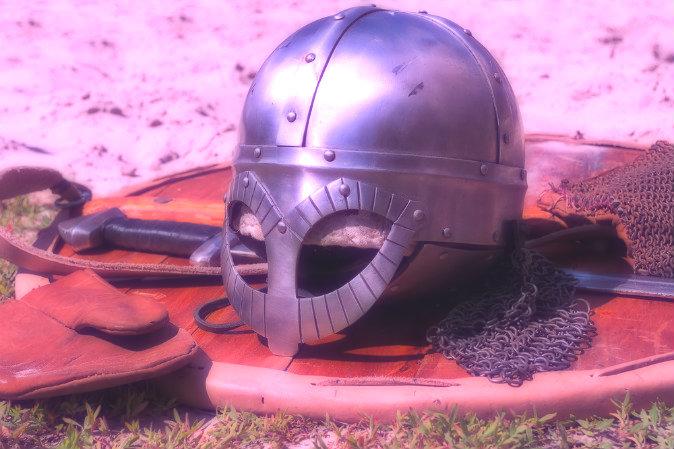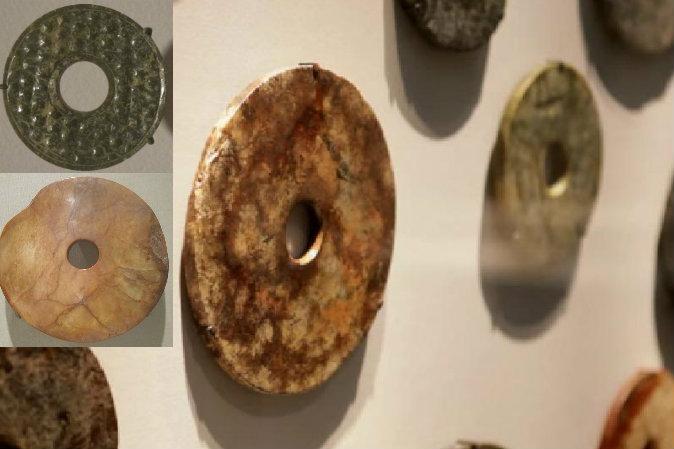The Hopituh Shi-nu-mu (Hopi) people are one of the Native American tribes, descendants of the ancient Pueblo people that lived in the South West Area of the United States, which today is called Four Corners (The cross between Arizona, Colorado, New Mexico, and Utah). One of the groups of the ancient Pueblo people was the mysterious Anasazi, the ‘Ancient Ones’ that flourished and disappeared mysteriously between 550 and 1300 AD. The Hopi’s history goes back thousands of years, making them one of the oldest living cultures in the world.
The original name of the Hopi people, Hopituh Shi-nu-mu, means the ‘Peaceful People’. The concepts of morality and ethics are deep-rooted in the Hopi traditions and this involved a respect for all living things. Traditionally, they lived according to the laws of the Creator, Maasaw. The Hopi believed that the gods came up from the ground, in contrast to other mythologies in which gods came from the sky. Their mythology suggests that the Ant People inhabited the heart of the Earth. When you see the Hopi Ant People you will find extreme similarities with what we depict today as ‘grey aliens’.
In the Hopi traditions there are cycles of time - similar to the Aztec mythology, and as with many other mythologies. And they believed that at the end of each cycle the ‘gods’ return. We are currently going through the fourth cycle on Earth. However, what is interesting in those cycles is the third one, during which the Hopi talk about the ’Flying Shields’ (patuwvotas). This world of the fourth cycle achieved an advanced civilization that was destroyed in the end by the God Sotuknang – nephew of the Creator, with great floods, in a similar way as in many other traditions.
In describing how advanced the third world was, advanced ‘flying shields’ were developed with the capability to attack cities that were far away and to travel quickly between different places of the world. The similarity to what we consider today as flying discs or even advanced aircraft is uncanny. According to a the Native American Wisdom Series, “Hopi, Following the Path of Peace”, these words were spoken by Sotuknang at the beginning of the Fourth World:
See, I have washed away even the footprints of your Emergence; the stepping-stones which I left for you. Down on the bottom of the seas lie all the proud cities, the flying patuwvotas [shields], and the worldly treasures corrupted with evil, and those people who found no time to sing the praises to the Creator from the tops of their hills. But the day will come, if you preserve the memory and the meaning of your Emergence, when these stepping-stones will emerge again to prove the truth you speak.
The blue star Kachina, according to the Hopi mythology, is a spirit that signifies the coming of the beginning of a new world, and the spirit appears in the form of a blue star. That is the ninth and final sign before the ‘Day of Purification’ which is the day the old world is destroyed and a new one begins. Those nine signs were described by a Hopi elder in 1958. You can read them here.
Furthermore, according to the Hopi’s traditions, the survivors of the flood of the previous world, spread into different places under the guidance of Maasau, by following his sign in the skys. When Maasau landed, he drew a petroglyph showing a lady riding on a ’ship without wings’ in the shape of a dome. This petroglyph symbolized the day of purification when the true Hopi will fly to other planets in those ships without wings.
Many have said these ‘flying shields’ or ’ships without wings’ clearly refer to what we know today as unidentified flying objects. What do you think?
Republished with permission from Ancient-Origins.net. Read the original.




